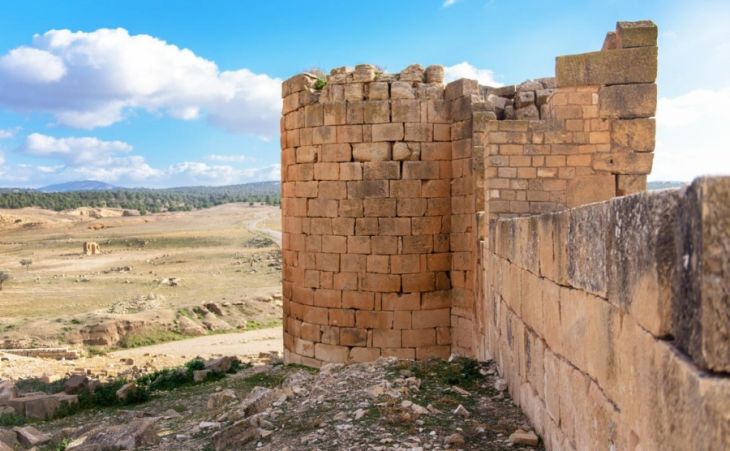
Nestling in the mountains of Western Tunisia, the archaeological site of Haidra has the remains of one of the largest Byzantine fortresses in Maghreb.
Tunisia has been part of the Byzantine Empire for more than a century, from 533 to 645 A.D.
The Byzantines did not have a great army on site, so they built numerous fortresses to reinforce their control over the country.
In fact, there was once an ancient city there, founded by the Romans and named Ammaedara. It was a whole new city that rose out of the ground at the beginning of the Roman Empire (1st century B.C.) in order to establish a permanent camp for the army of Africa (the “Legio III Augusta”).
The selected location was on a road of strategic importance: the road Carthage-Theveste (the present Tébessa, Algeria).
Ammaedara marked the northwestern limit of the Roman “Limes” in Tunisia – a sort of fortified border, a buffer zone to control the movement of Southern nomads.
Later, the legion was moved to Tébessa and the city became a simple settlement for retired legionaries.
Among the remains of Haidra are several Roman mausoleums as well as the legionaries’ graves; some of them came from Gaul and Italy.
After the advent of Christianity, then the invasion by the Vandals (430 A.D.), Ammaedara was endowed with several churches; their remains can be seen on the site.
In this troubled time, several Christian cults appeared and competed with each other.
Thus, one of the churches hosts Vandal graves: as the other German peoples that invaded the Roman Empire (Franks, Goths…), the Vandals were followers of Arianism, a Christian doctrine which contradicted Catholicism.
Remains of other monuments can be seen on the archaeological site such as the baths, the capitol and the theatre.
A small museum exhibits interesting mosaics. One of them depicted Odysseus tied to the mast of his boat, like the famous mosaic at the Bardo Museum in Tunis; but only a few fragments were recovered.
All around the site is a majestic landscape of mountains and plateaus.
For a more unusual view, visit it in winter: it is sometimes covered with snow.
Also read:
Ain Tounga: a small Dougga
Snow and mountains in the Tunisian North-West
Video: When Tunisia was a Christian land
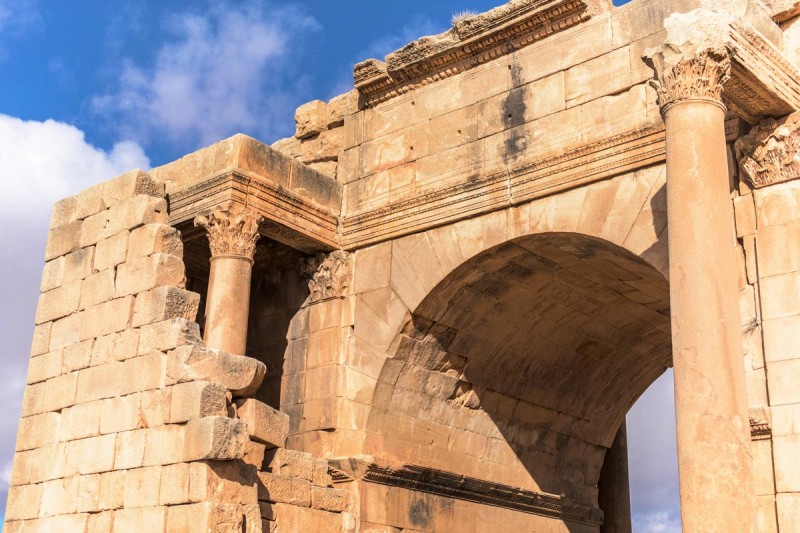
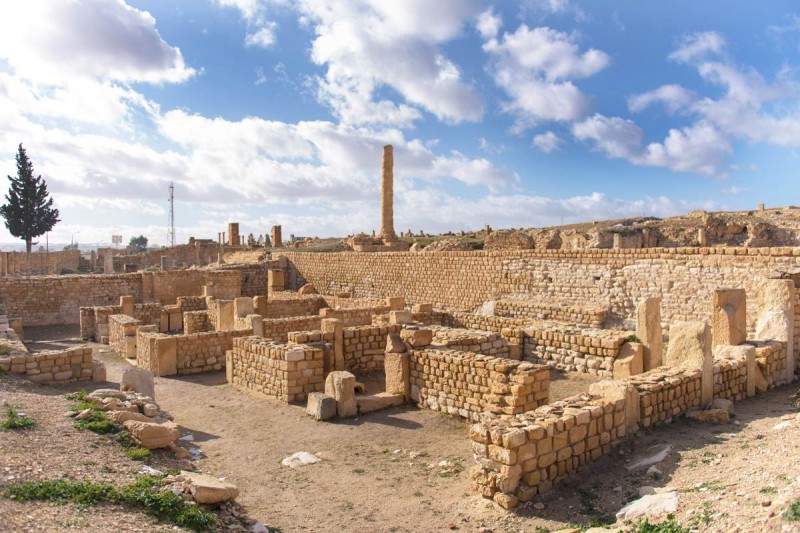
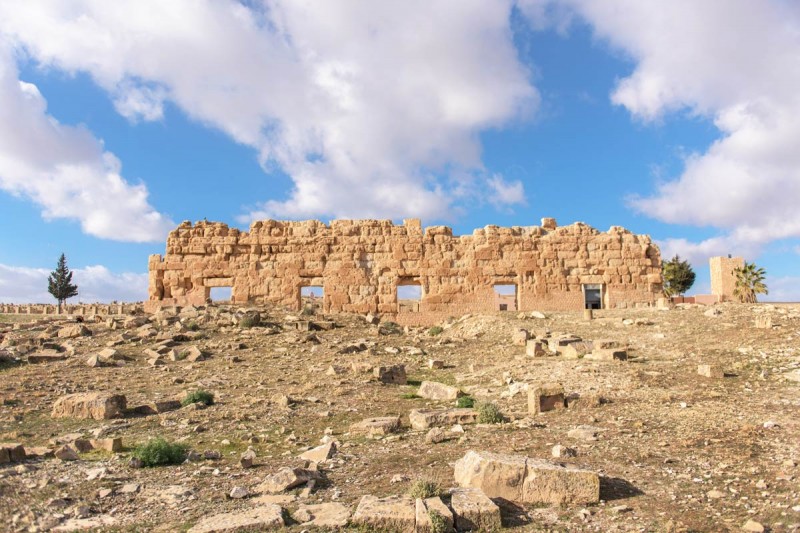
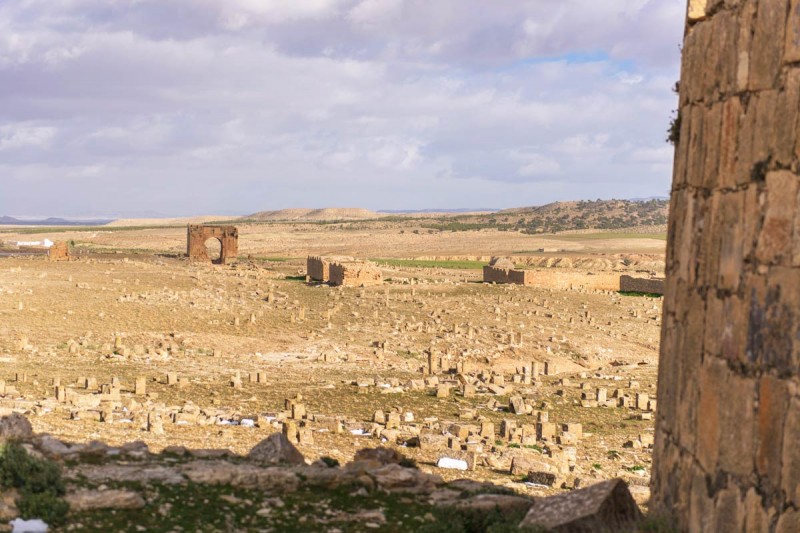
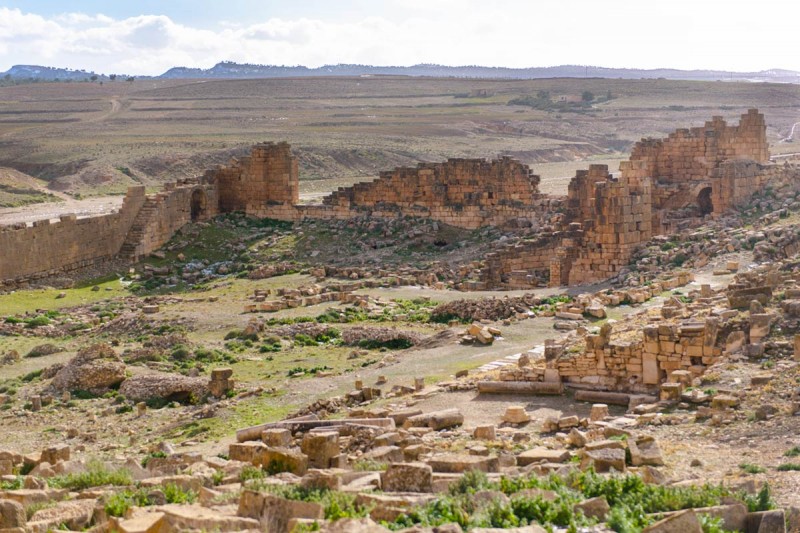
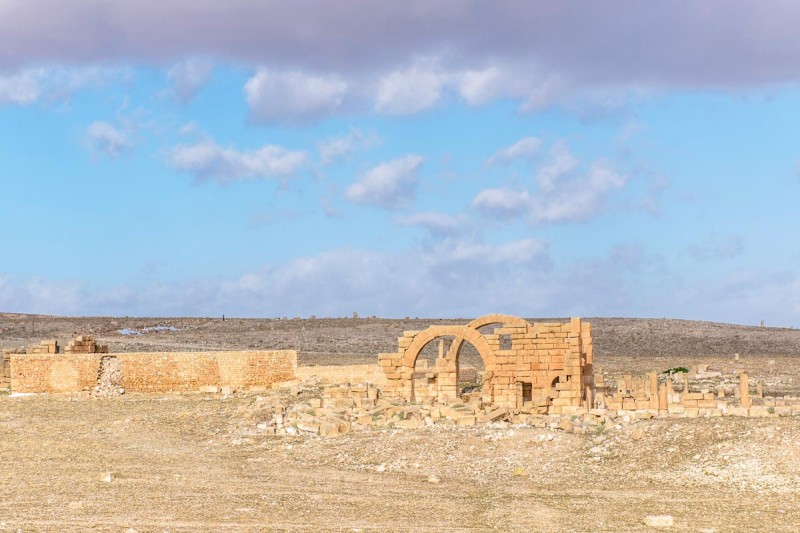
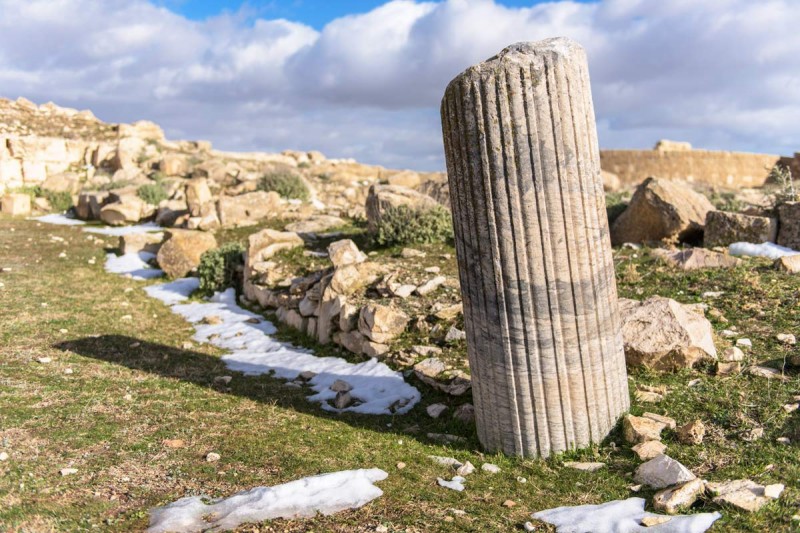
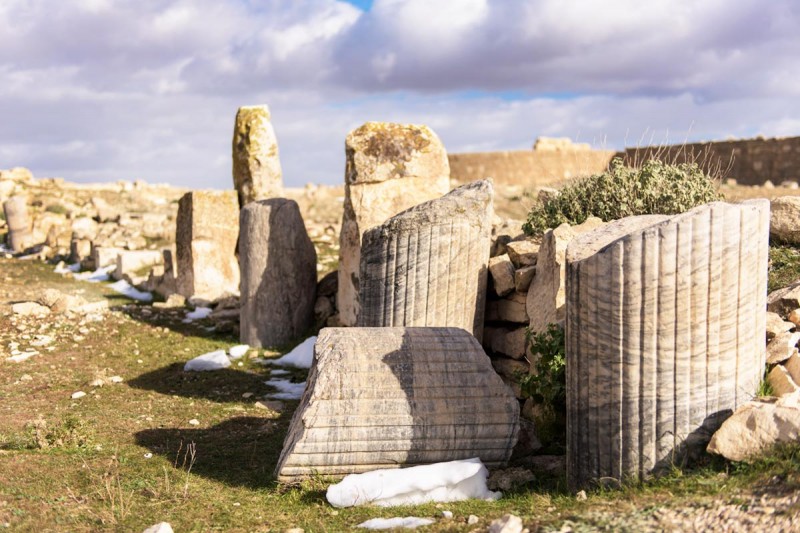
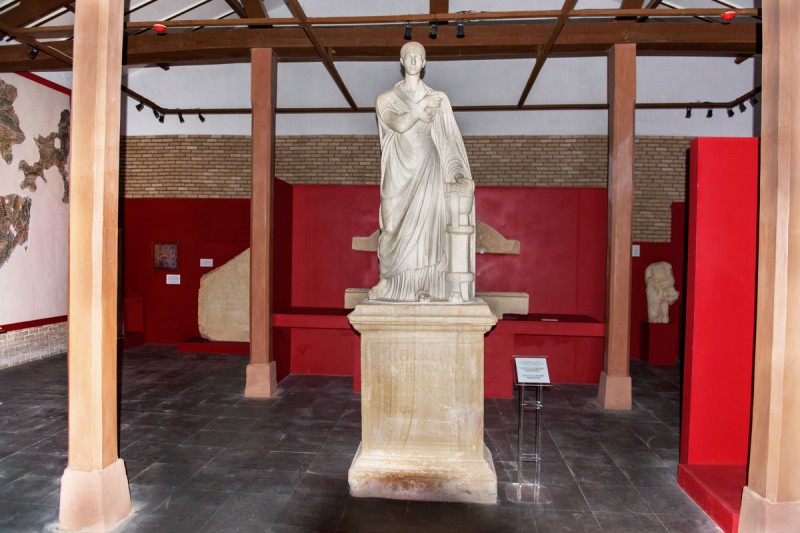
Photos © MCM / Imed Dhaouadi